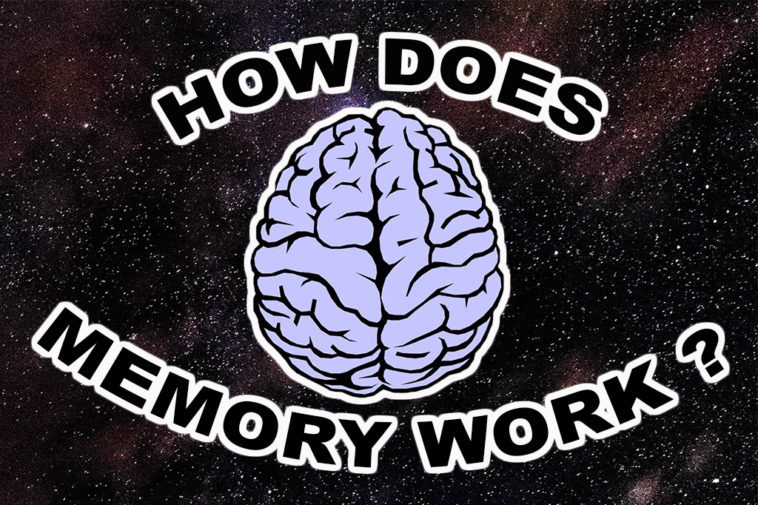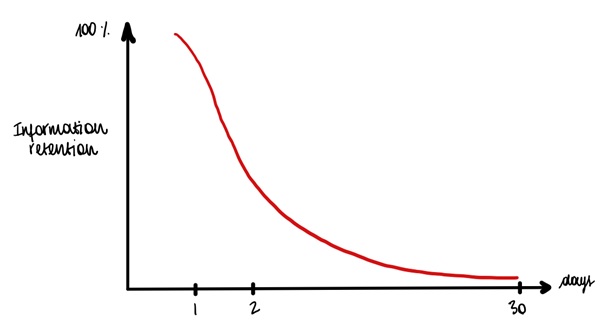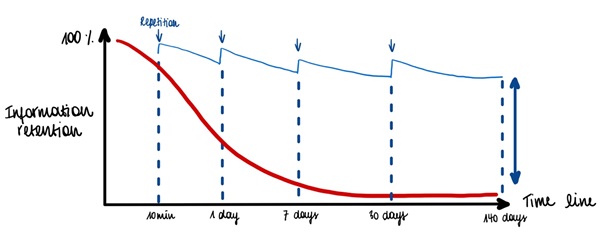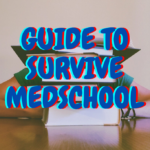Before opening your books or even trying to learn anything, you need to understand how memory works (otherwise, it wouldn’t be fun). First of all, you should know that it has been reported that the brain literally works like a muscle, but it has nothing to do with it. It’s a simplistic analogy when you know that the brain is sensitive to emotions, the sleep cycle, and the environment.
The Memory
Let’s get to the heart of the matter. Memory is divided into two categories. We speak of immediate or short-term memory and long-term memory. The first, allows you to keep information for a short and limited period of time. It acts as a kind of filter that allows the brain not to store too much unnecessary information.
Regarding long-term memory, it presents 4 systems:
– Episodic memory allows you to remember events that have happened. The more important the event is to you, the stronger the intensity of the memory will be.
– Semantic memory presents a more playful aspect than the first. It allows you to remember something without it being linked to an event or a place. Ultimately, you know very well how to use a pen without asking yourself questions. Well, that’s thanks to this subtype.
– Procedural memory is a non-declarative memory that allows automatic motor skills. This subtype replays to why we can’t forget how to ride a bicycle for example. – Perceptual memory allows you to keep information provided by the senses (smell, touch, sight, hearing). In your case, this is the one you need to boost as much as possible.
The Oblivion/Forgetting Curve
Final Thoughts
To learn in a fun and intelligent way, several applications and software can be proposed according to what you would like to achieve. Whether it’s learning a new language with Duolingo or Rosetta Stone or improving your knowledge thanks to Anki and its Anki add ons. All this software is based on the principle of the learning and forgetting curve. Thanks to the use of flashcards and their reappearances at predefined time intervals, you can accumulate a lot of information efficiently in a short period of time.
That’s all for me folks,
See you in the next one!




